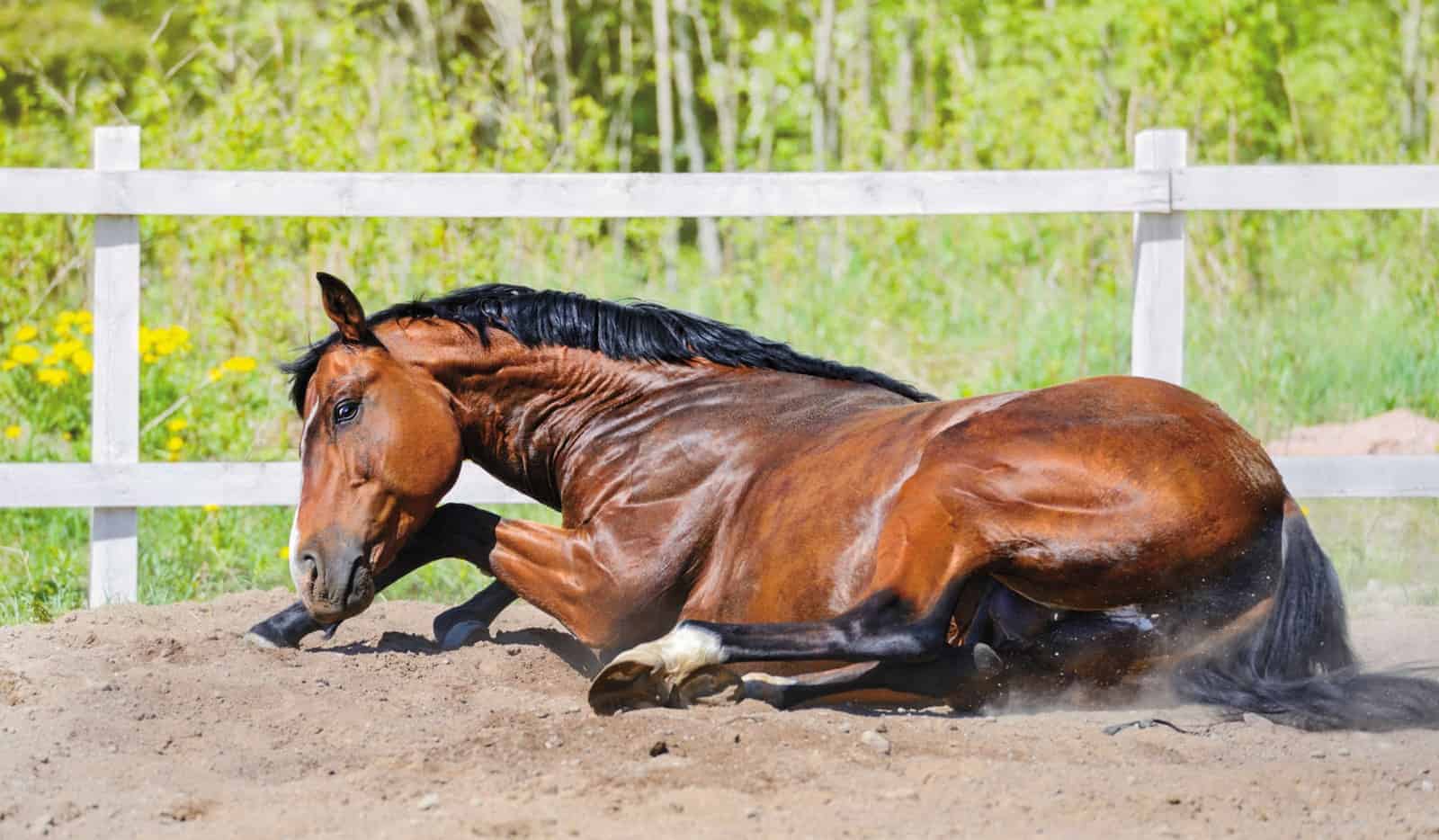Horse colic is a term that strikes fear into every horse owner’s heart. A general term referring to abdominal pain in horses, colic is a common yet potentially life-threatening condition. Knowing how to detect early symptoms and manage the situation effectively is crucial for every responsible horse owner. This comprehensive guide will offer insights into detecting horse colic signs, initial management steps, and when to seek professional veterinary help.
Understanding Horse Colic
Before delving into detection and management, it’s crucial to understand what horse colic is. Colic refers to various types of gastrointestinal issues that can cause abdominal pain in horses. These can range from mild discomfort to severe, surgical emergencies. There are several types of colic, including gas colic, impaction colic, and torsion colic, each requiring different treatments.
Signs of Horse Colic
Knowing the symptoms of horse colic is vital for early detection and successful treatment. Some common signs include:
- Restlessness and Pawing: The horse may appear uneasy and frequently paw at the ground.
- Rolling or Attempting to Roll: This could be a sign the horse is trying to relieve the pain.
- Lack of Appetite: A colicky horse often refuses to eat or drink.
- Excessive Sweating: This can indicate stress or pain.
- Elevated Heart Rate: A higher-than-normal heart rate can signal distress.
- Abdominal Distension: A visibly bloated stomach may be a sign of colic.
Early Management Steps
If you suspect your horse is suffering from colic, the following steps can help manage the situation before professional help arrives:
1. Remove Food
Take away any food that could potentially worsen the condition but allow access to fresh water unless advised otherwise by a veterinarian.
2. Walk Your Horse
Sometimes, mild cases of gas colic can be relieved by simply walking the horse around. However, if the horse is severely distressed, do not force it to walk.
3. Monitor Vital Signs
Keep track of the horse’s pulse, respiratory rate, and other vital signs. This information will be helpful when you consult the veterinarian.
4. Call the Veterinarian
In any suspected case of colic, immediate veterinary assistance is crucial. Even if symptoms appear mild, a professional evaluation is necessary to determine the type and severity of the colic.
Professional Diagnosis and Treatment
Your veterinarian may conduct various tests, such as blood tests, fecal examinations, and ultrasound, to diagnose the type of colic accurately. Treatments can range from simple medication for mild cases to surgical intervention for more severe instances.
Preventative Measures
Preventing horse colic is as vital as knowing how to manage it. Some tips include:
- Regular Exercise: Keep your horse active to promote good digestion.
- Quality Forage: Offer high-quality hay and grains to minimize digestive issues.
- Hydration: Ensure constant access to clean, fresh water.
- Regular Vet Checks: Schedule regular veterinary visits to detect any potential issues early.
When to Seek Veterinary Assistance
Immediate veterinary intervention is necessary if:
- The symptoms persist after initial management steps.
- The horse shows severe distress or pain.
- There’s an elevated or continuously increasing heart rate.
- You observe signs of shock, such as pale gums or rapid breathing.
Conclusion
Horse colic is a serious condition that requires prompt attention and effective management. As a horse owner, your ability to detect early signs and initiate initial management steps can be life-saving for your equine friend. Regular veterinary checks and preventive measures can further minimize the risks. By being proactive and informed, you can ensure the health and well-being of your horse while reducing the risk of colic episodes.
With knowledge and quick action, you can be prepared for horse colic, offering your horse the best chance for a speedy recovery. Remember, when in doubt, always consult your veterinarian for accurate diagnosis and appropriate treatment.
